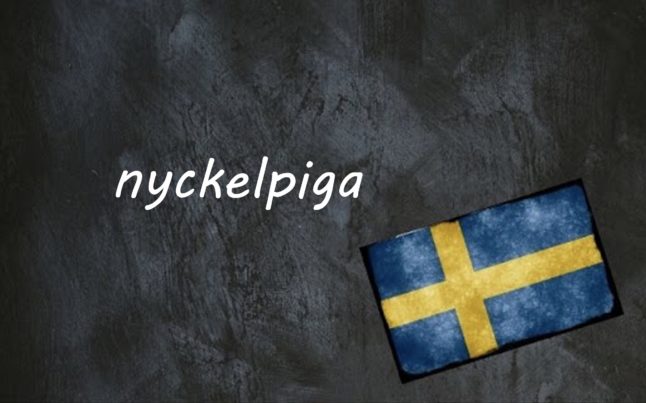Do you know the meaning of these curious Swedish words?
A 'funkis' is usually used to mean a kind of…
When would you use the word 'hoppsan'?
'Nollåtta' is a northern Swedish slang term. What group of people does it describe?
'Lördag' means Saturday in Swedish. Which day of the week is known as 'lillördag'?
In what scenario would you use the word 'nollning'?
Better luck next time!
Good effort, but it looks like you need a bit more practice when it comes to some of the more unusual words in the Swedish language.
Not bad!
Good work, you know some of the trickier and more unusual words in the Swedish language. Why not try the quiz again and see if you can get full marks?
Perfect score!
Congratulations, you know your stuff when it comes to quirky Swedish words.
Quiz Maker – powered by Riddle



 Please whitelist us to continue reading.
Please whitelist us to continue reading.
Member comments